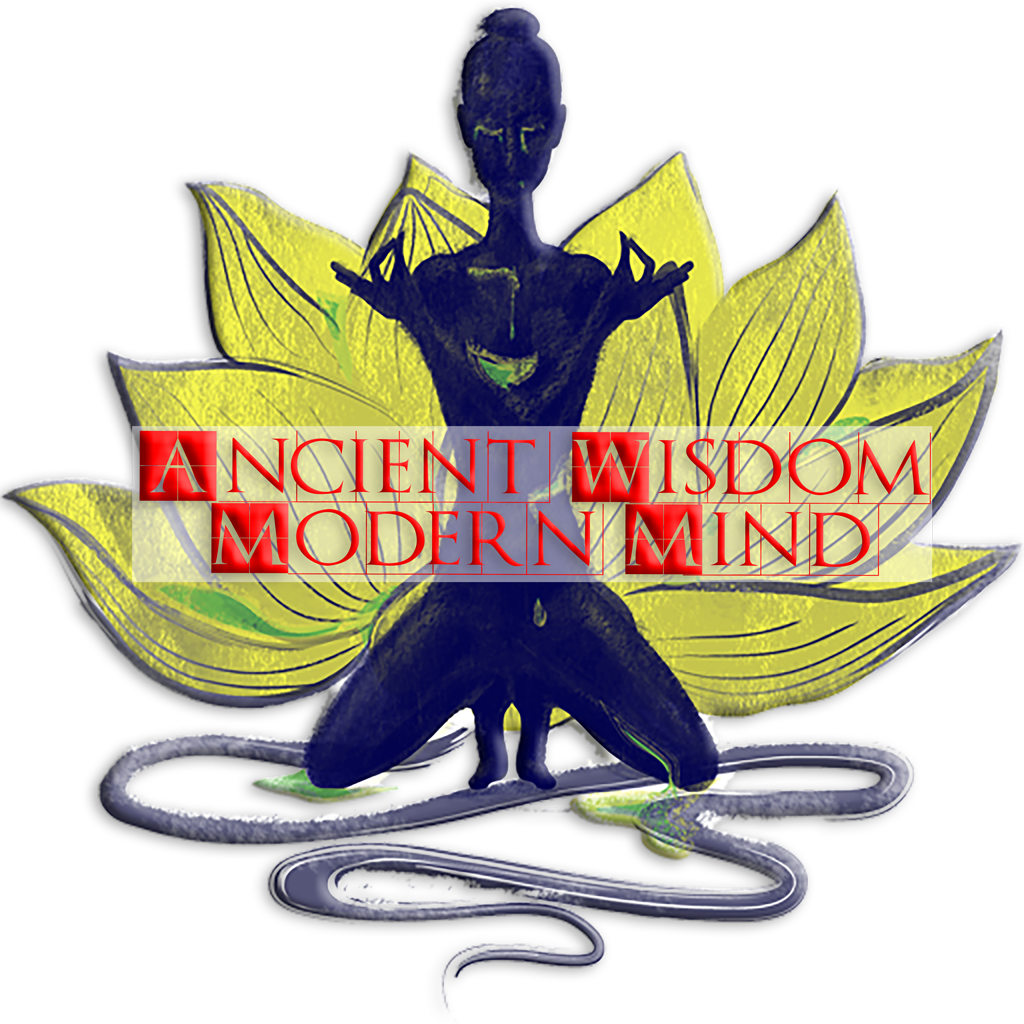What is the Hara | How Does Hara Connects to Other Spiritual Ideas
RELATED POSCAST
▶️ Understanding Zen through the Tale of The Samurai and The Tea Master
What is the Hara? What is the importance of the navel in our body/mind relationship?
Hello and welcome to the Ancient wisdom modern mind podcast and today I would like to share about the Hara and aims to clear up a few misconceptions surrounding what the Hara is and now it connects to other spiritual concepts.
Hara character is common to Chinese and Japanese. Abdomen should not be translated as "stomach" to avoid confusing it with the organ. In the Japanese medical tradition and in Japanese martial arts traditions, the word Hara is used as a technical term for a specific area or energy field of the body. An alternative Japanese reading of the character is Hufu, the Chinese reading is Fu.
The word TanDen comes from Japanese, meaning “center of the body”. In the Eastern traditions, this means the physical center of gravity for the human body and by extension the seat of one’s internal energy. In the Japanese martial arts, it is believed that when the “inner center” moves in a certain direction, all parts of the body will follow. For example, if only one’s foot moves, the rest of the body will not necessarily cooperate and participate in the action. However, if your inner center moves, all the organs in the body will function in sync with one another.
The physical space where the Hara or Tanden is located is directly behind the navel, inside the body, closer to the spine than the navel. This is where we experience the paradox of the Hara, “It can be felt, but cannot be touched. It can be realized but cannot be known”. Yet through the practice of no mind, the practitioner can become a living breathe in the deepest sense of the word the whole being is harmonized, uplifted, integrated, made One-all-consuming living movement.
There is a little confusion, about the precise location and this is again probably related to some people mistakenly connecting the Hara and the Sacral Chakra. When you’re trying to feel or sense the Hara, the precise details of the Hara’s location is not so important, since your only focusing on trying to feel your center and settling into this center, think in terms of the Hara as a three dimensional area of varying size inside the abdomen, and not as a point on the abdomen.
In practical terms you should think of settling your energy down into the Tanden or finding your center and focusing your breathing into this center. For this reason at a beginner’s level ones Zazen meditation practice guides the mind to focus on the Tanden. It can take many years of practice for some, but this is depending on the level of effort you give to your meditation practice.
To understand the Hara please listen to the podcast untill the end without skipping, and if you have any question please let me know in the comment section.
Hara character is common to Chinese and Japanese. Abdomen should not be translated as "stomach" to avoid confusing it with the organ. In the Japanese medical tradition and in Japanese martial arts traditions, the word Hara is used as a technical term for a specific area or energy field of the body. An alternative Japanese reading of the character is Hufu, the Chinese reading is Fu.
Letter of Support
Hello my friends, the patronage of regular followers is greatly appreciated and is the true spirit of mutual self-love… So, if you find any value or joy in the content, please consider becoming a Supporting Patron by downloading Podcasts for a small supporter’s remuneration or by purchasing Meditation audios or books from the Books & Meditation Audios page or by clicking the Supporters Link, and this one simple act makes a huge difference.
👍 share and Stay safe.
References
// IMAGE S O U R C E: symbol-of-yin-yang-vector-1735171, License to use Creative Commons Zero - CC0 © Artist longquattro | www.vectorstock.com, Image title: Symbol of yin-yang vector image
// BACKGROUND M U S I C: Japanese Background Music for Videos | Traditional, Instrumental, Ambient | License to use Creative Commons Zero - CC0 © Artist MrSnooze | Background Music for Videos

